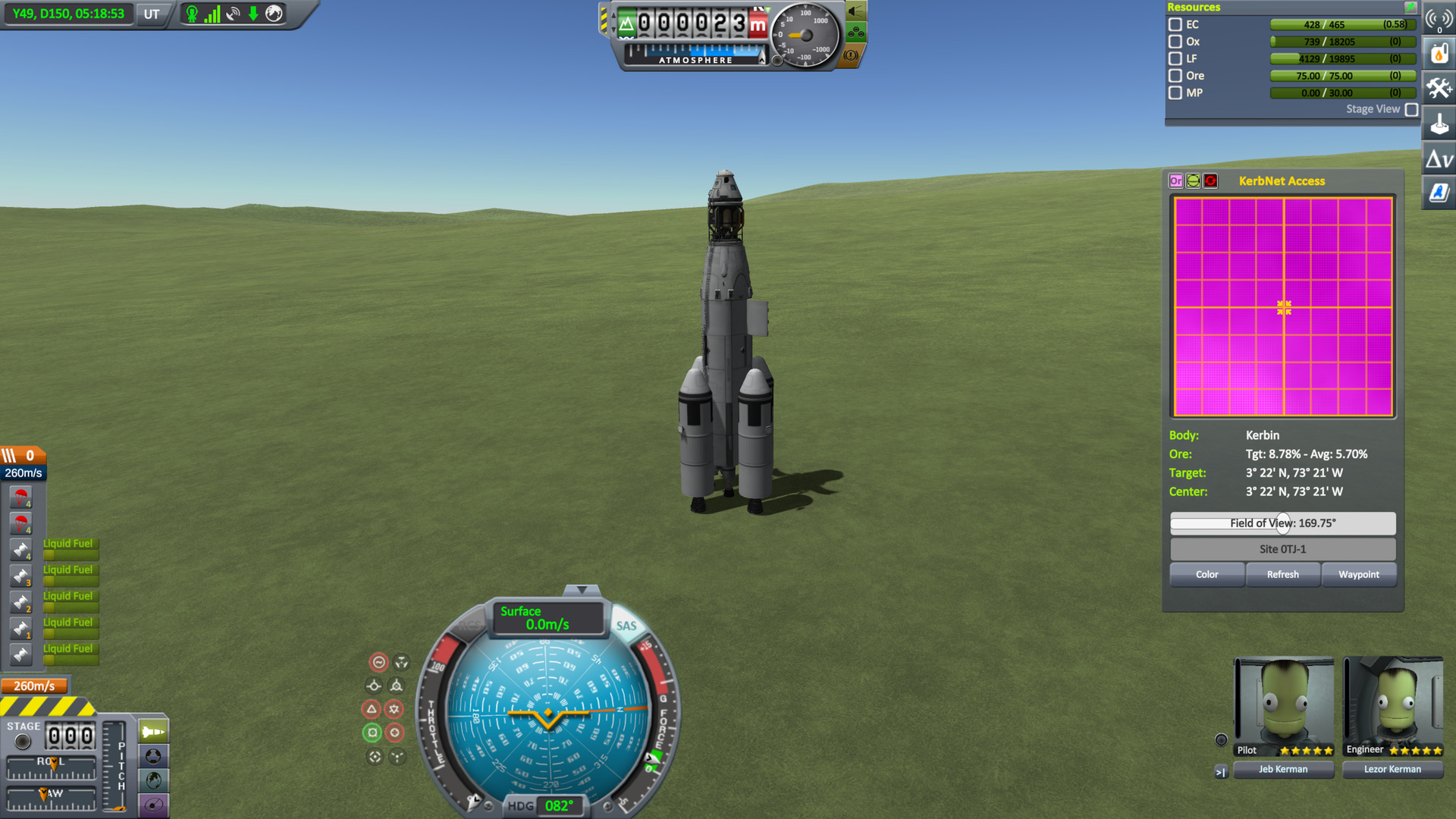Kerbal Space Program Grand Tour
Posted on Wed 05 July 2023 in games
I wanted a challenge, so I decided to try a "Grand Tour" of the Kerbolar system in Kerbal Space Program. A "Grand Tour" is a single mission where you visit all bodies in the Kerbolar system. The definition of "visit" varies from fly-by to manned landing, depending on how challenging you want things to be.
I decided to try the "manned landing"-variant in a fully reusable craft, except for Eve (and Jool and Kerbol, since you can't land there).
Going around the entire Kerbol system requires about 20km/s of ∆v. That's a lot. So I decided to equip my ship with an ISRU and mine extra fuel along the way.
Eve – Moho
The Eve–Moho hop is the most challenging hop ∆v-wise. A fairly good transfer window still requires 3480m/s from Low Eve Orbit to Low Moho Orbit, plus an additional ~1000m/s for landing. By departing from Gilly and diving into Eve's gravity well to maximize the Oberth effect, I was able to reduce this to around 2600m/s, depending on the chosen transfer window.
This particular transfer requires a low-TWR burn from Gilly to dive into Eve of about 530m/s. At Eve periapsis, we need to do an escape burn of 930m/s, at reasonably high TWR, since we lose Oberth effect fast when this burn takes too long. The capture burn is 870m/s, also at high TWR. Finally we need to circularize the orbits around Moho with an additional 320m/s, but that can be low-TWR and split between orbits. Landing can start out at low TWR, but should end up well above 2.7m/s² (Moho's surface gravity).
Tylo
Landing on Tylo is hard, with a beefy 2300m/s of speed to bleed off and no atmosphere to help with the breaking. Tylo also has a surface gravity of 7.85m/s², so to do some actual breaking, we're looking at at least 10m/s² (TWR=1.3) of thrust, but preferably 16m/s² (TWR=2) or more.
Getting to Tylo is easiest from Pol, where it's easy to refuel. The trip needs approximately 1000m/s of ∆v: The Pol escape burn of 215m/s can be done at low TWR, since the low gravity of Pol doesn't yield much Oberth-effect gains. Arriving at Tylo, we only need about 42m/s at a periapsis of 20kmAGL to remain in orbits around Tylo. Circularizing needs another 800m/s, but we can split that out over multiple orbits.
The ship
With the above constraints in mind, I set out to design a spaceship. I started with a spaceplane design, but couldn't get enough ∆v packed into it. I guess the "dead mass" of the gears, wings and control surfaces adds up. In addition, I needed an extra set of downward pointing engines for landing on bodies without atmosphere, adding to the dead mass. So I ended up with this Single Stage To Orbit (SSTO) rocket:
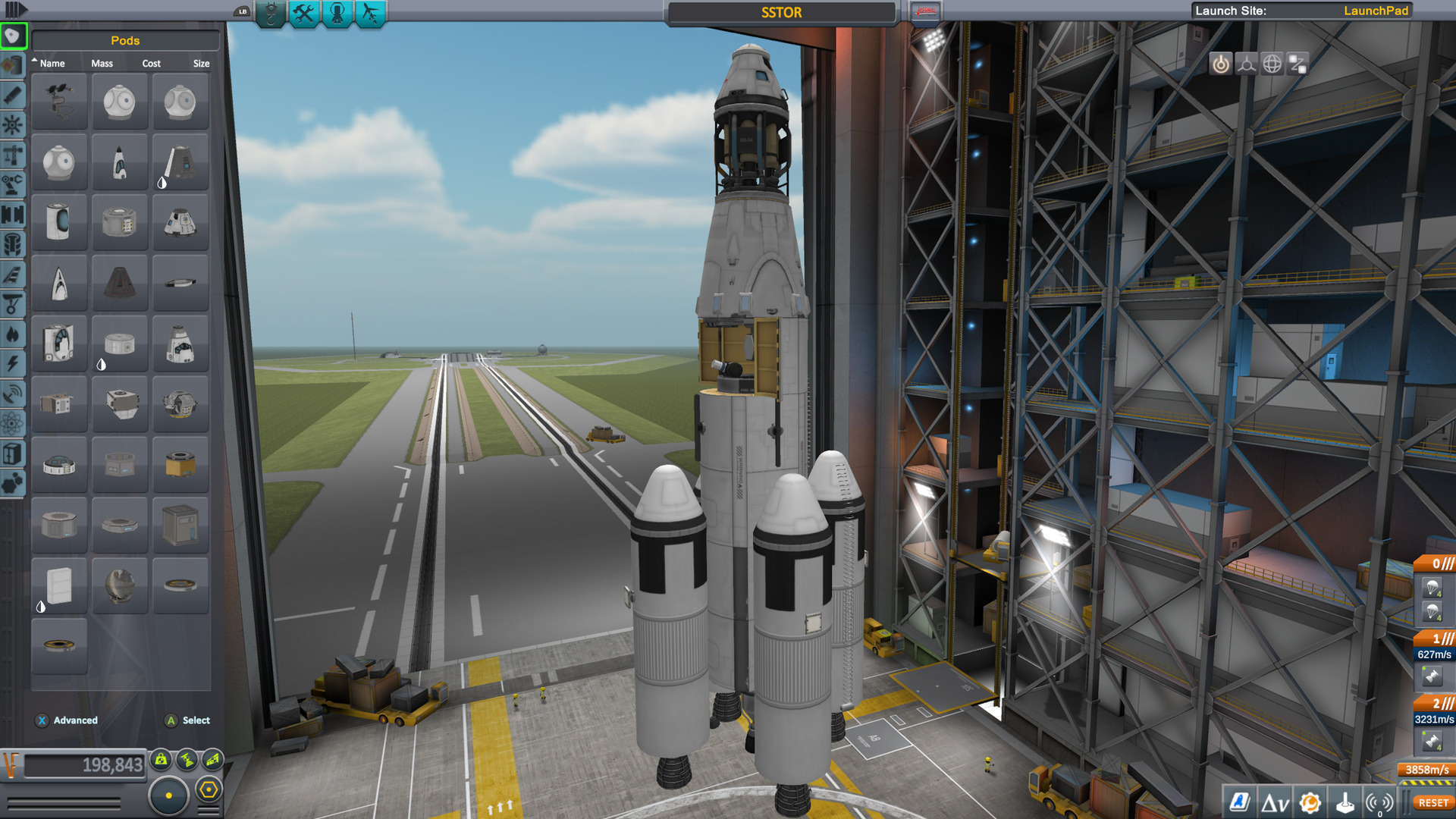
The rocket consists of a Mk1-3 Command Pod, topped with a Shielded Docking Port. Underneath is the Convert-O-Tron and a 2.5m to Mk3 Adapter. On the adapter are 4 Airbrakes to assist in orienting the rocket engines-first during atmospheric re-entry, as well as 4 Vernor RCS engines to keep the rocket upright at touchdown. The 8 parachutes are attached here as well. Next up is the short Mk3 cargo bay with an ore tank, the Narrow-band Scanner to pinpoint landing locations, as well as a comm dish to be able to access KerbNet. I also packed a bit of extra torque to manoeuvre this thing a bit better. Next are fuel tanks: A Mk3 Rocket Fuel, a Mk3 Liquid Fuel and 4 Jumbo-64 tanks. The central column has the NERV engine, the 4 side tanks are fitted with a Vector engine. At the bottom I added a Drill-O-Matic Junior on a piston to be able to reach the ground. Power is generated by a PB-NUK for normal operations, 4 Gigantors and a Fuel Cell Array during mining. Cooling is provided by 4 small Thermal Control Systems.
It has enough fuel to do the Eve–Moho leg described above, with 1000m/s to spare. The Pol–Tylo leg also has enough fuel, and leaves us with 3700m/s for the 2300m/s landing. When using all engines, we can start our landing burn at 18.7m/s² (TWR=2.4), increasing to 70m/s² (TWR=8.9) when empty. When fully re-fueled, we still get 16.4m/s² (TWR=2.1) for takeoff.
The Trip
My trip around the solar system obviously started at the KSC on Kerbin. From there I went to:
Minmus
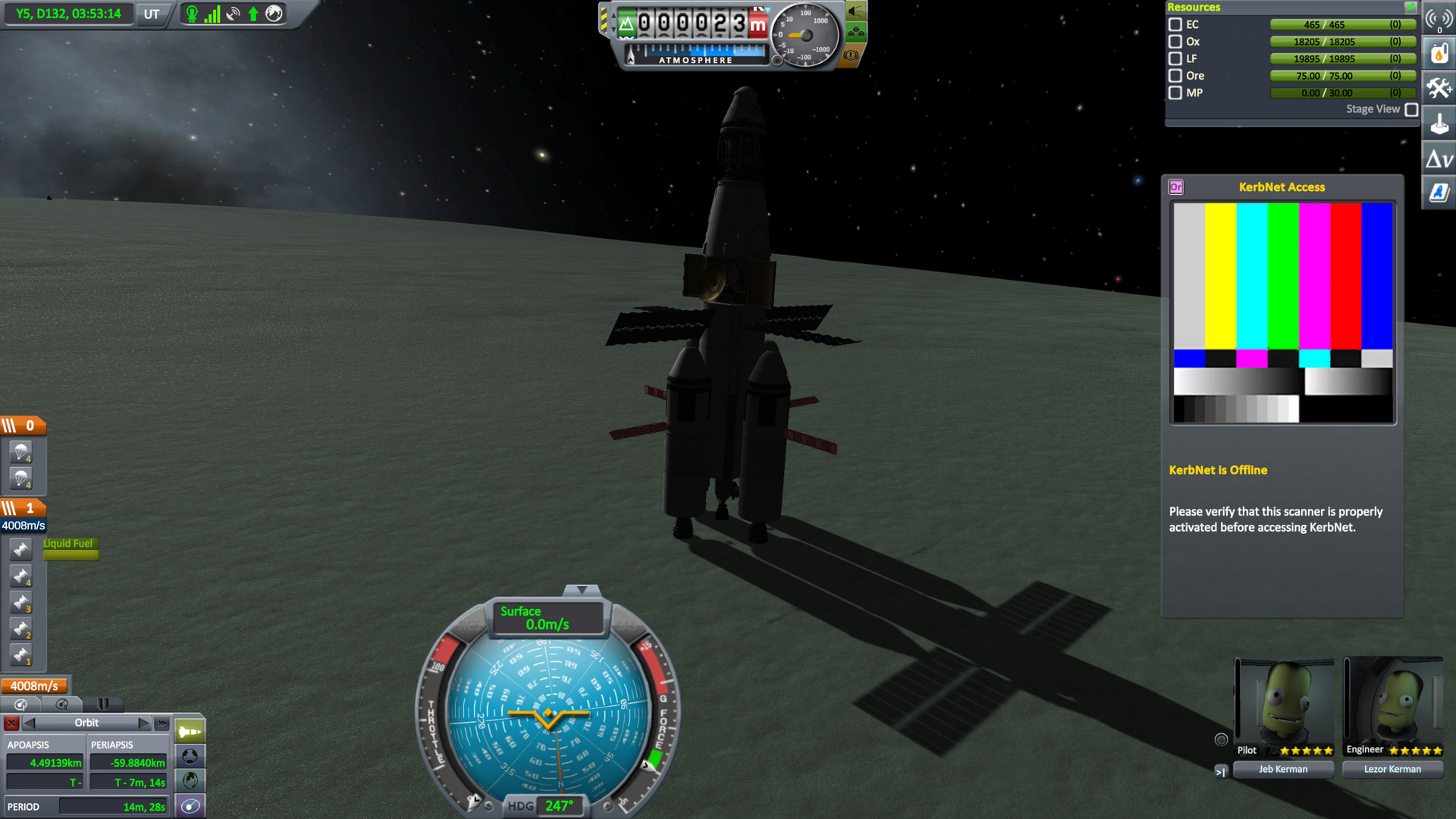
Mun
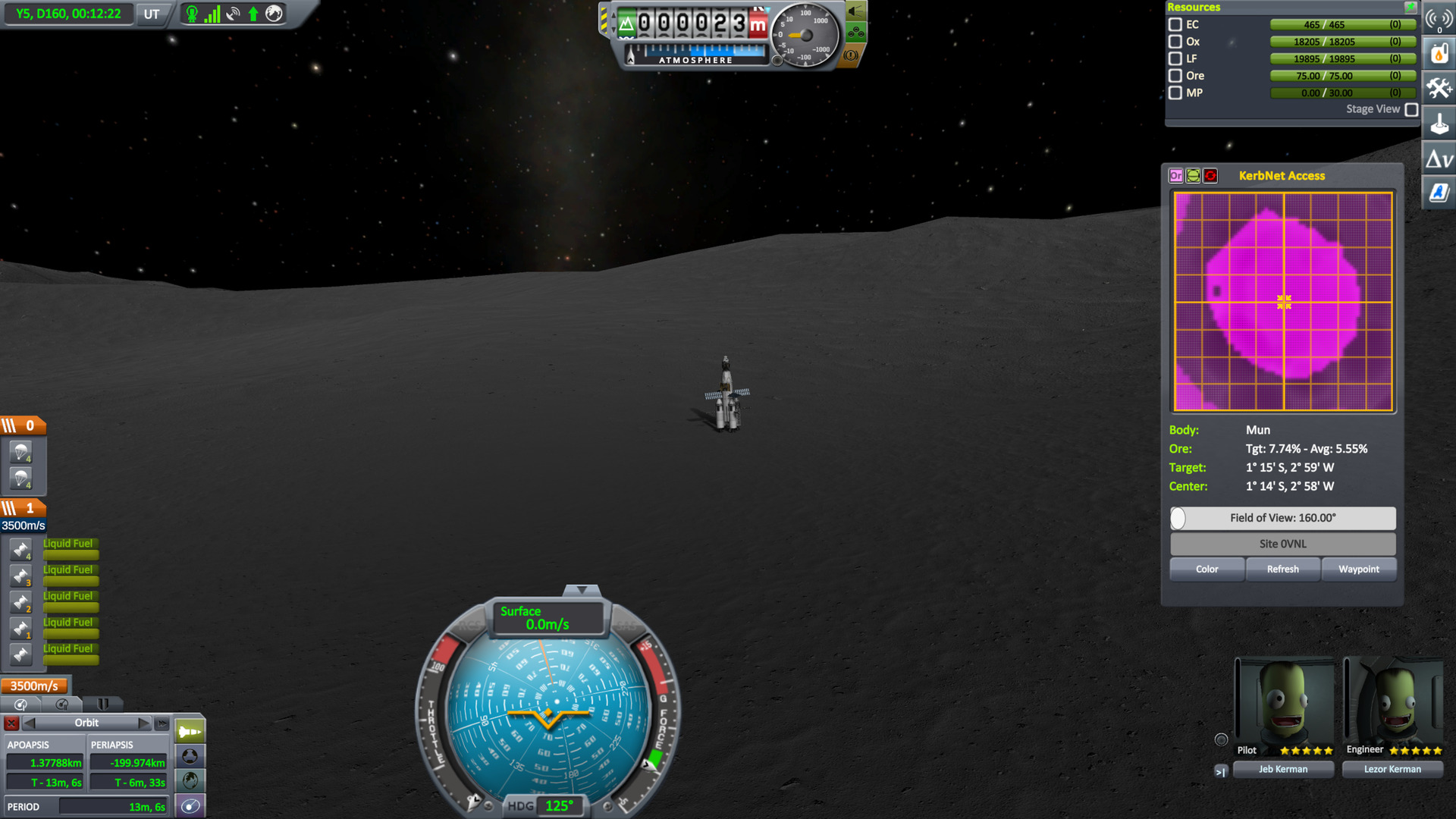
Back to Minmus to refuel for the trip to Gilly
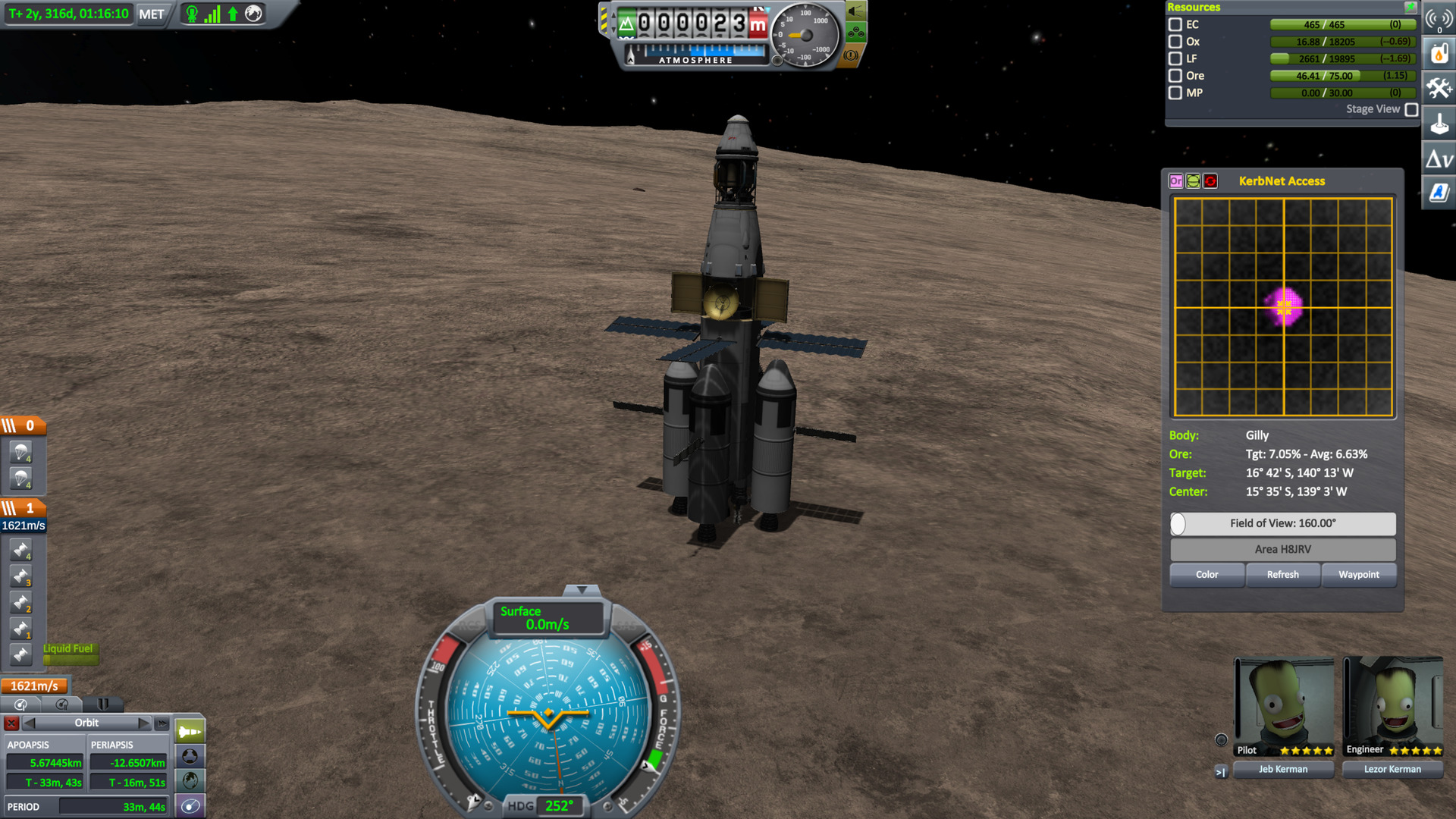
Moho
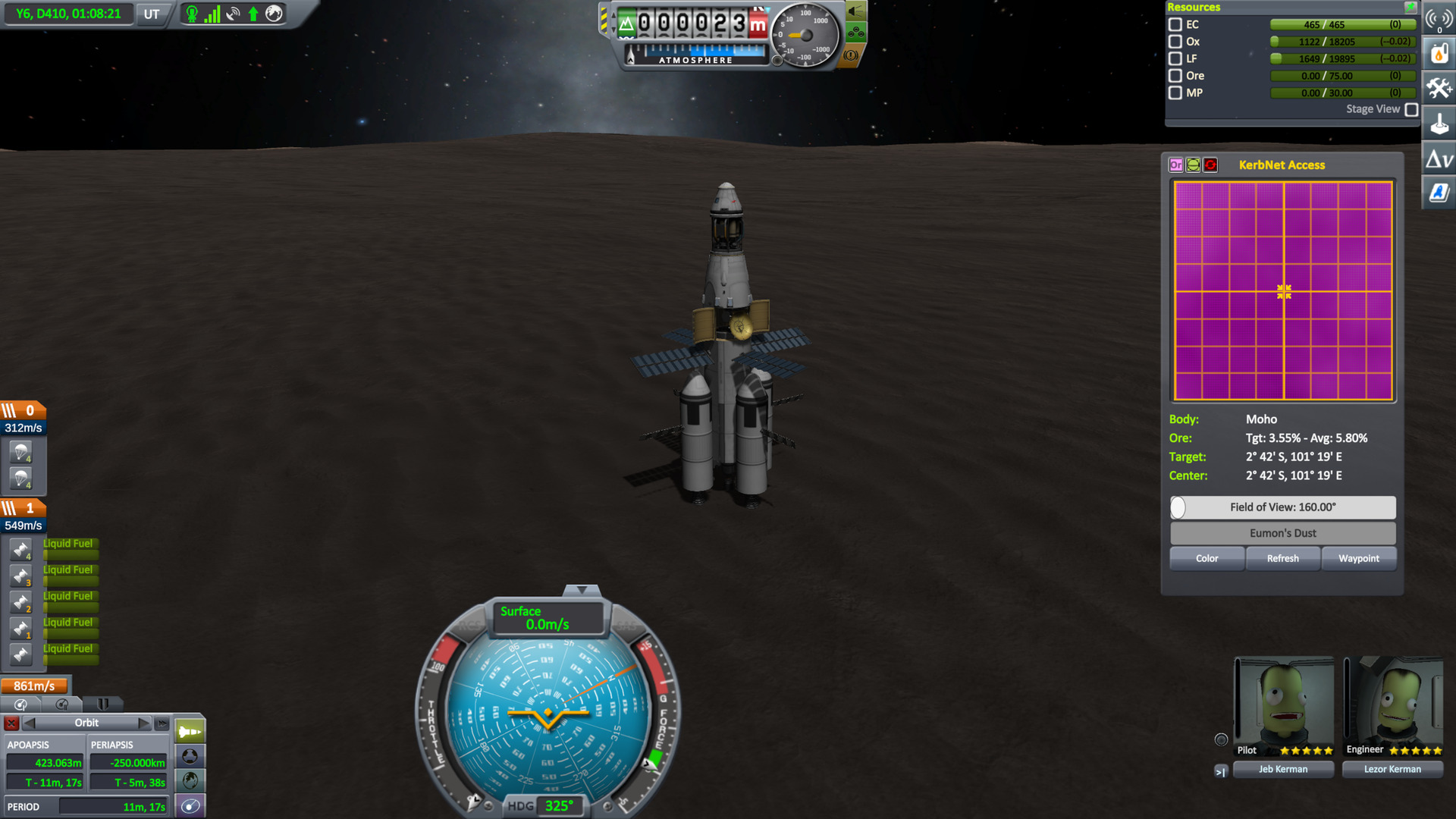
Gilly again
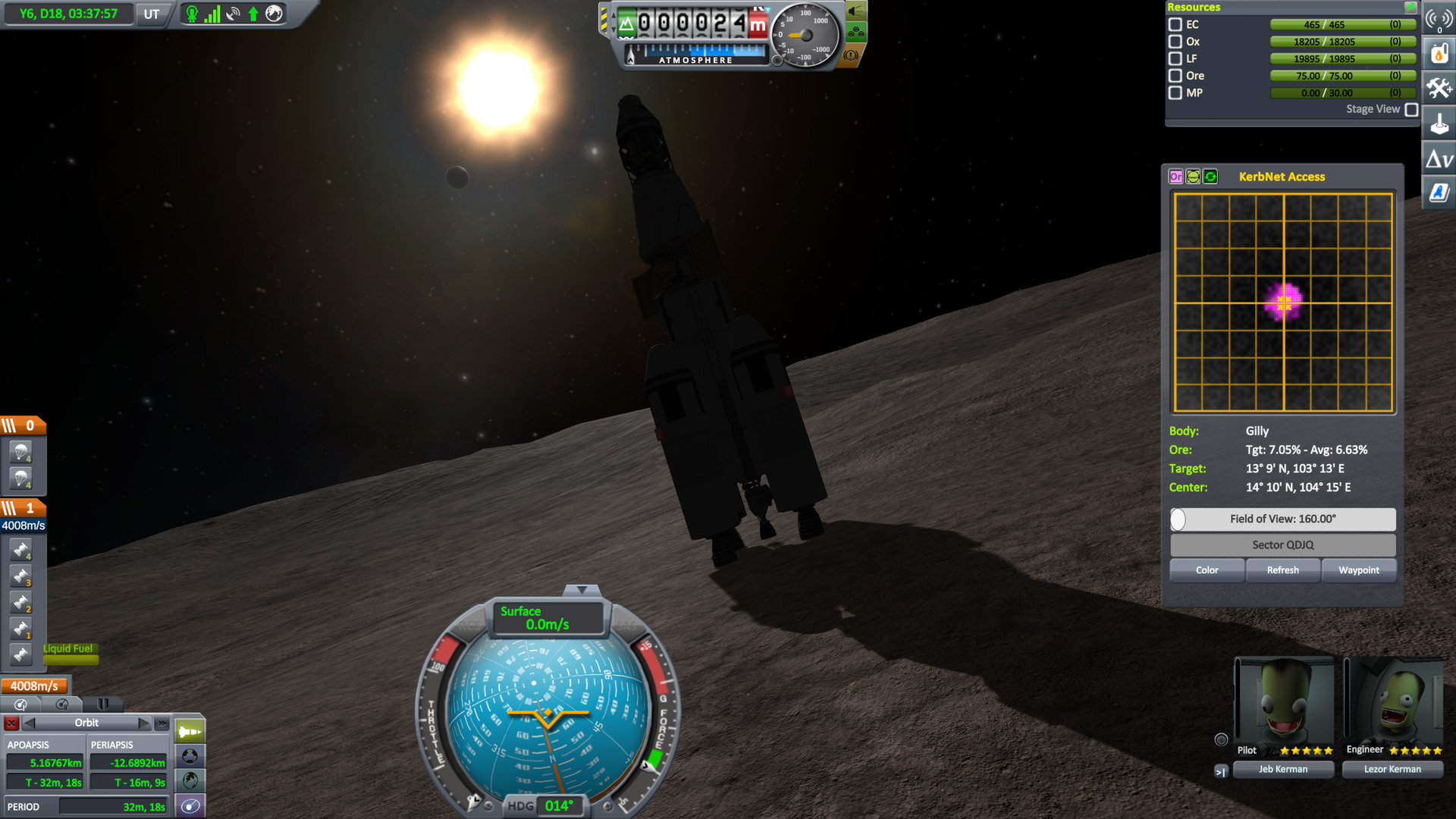
Ike
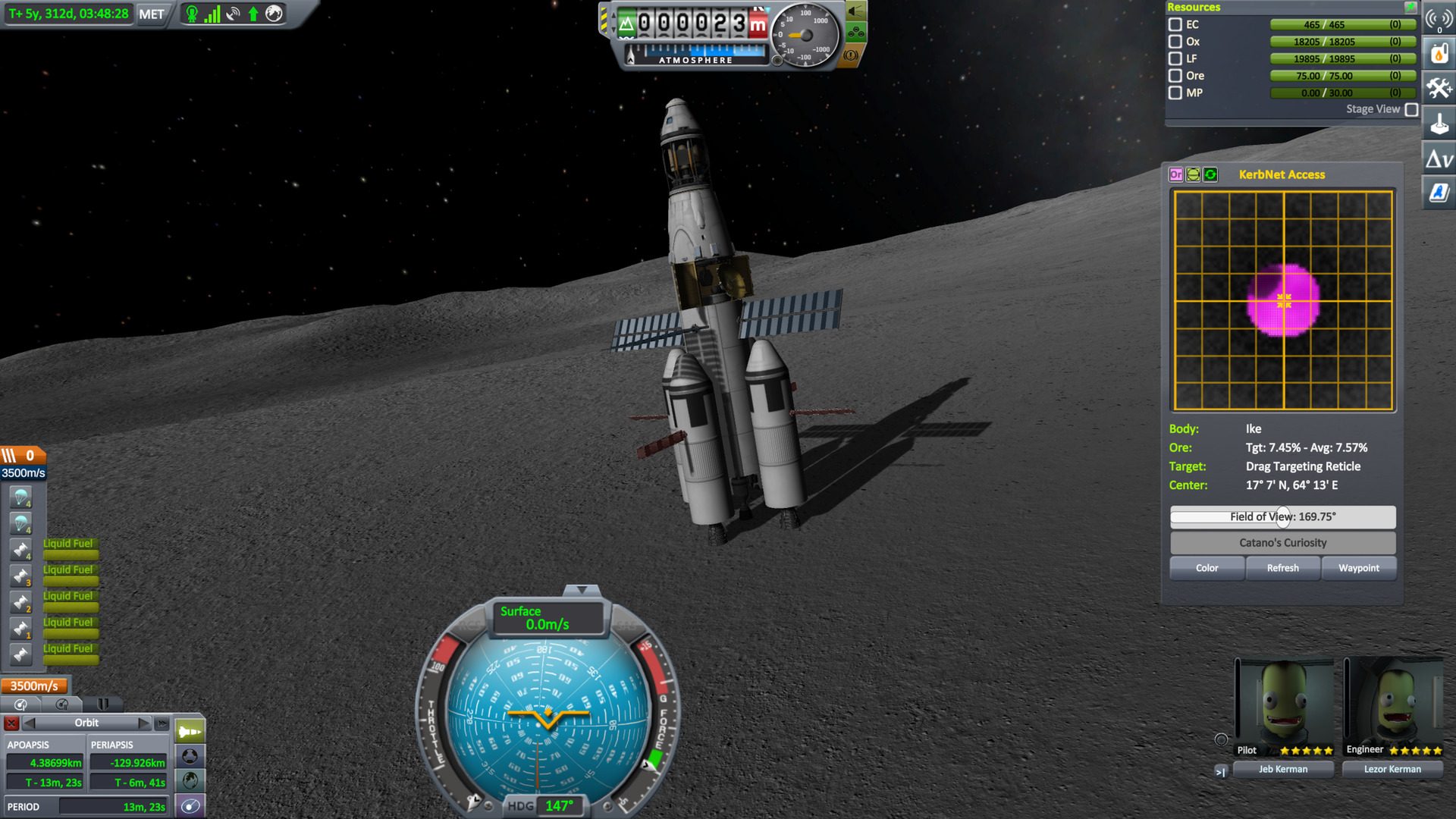
Duna
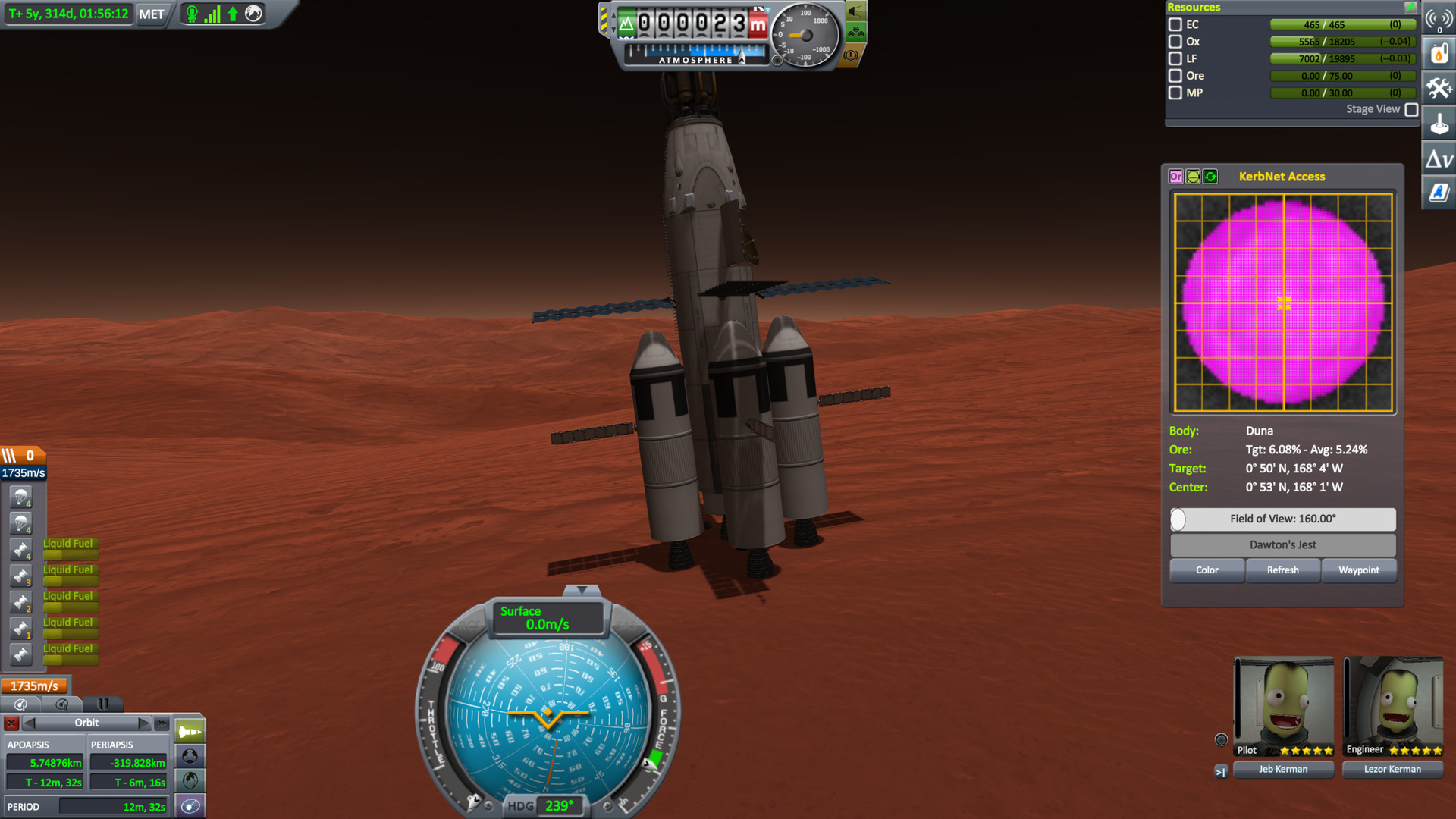
Ike again
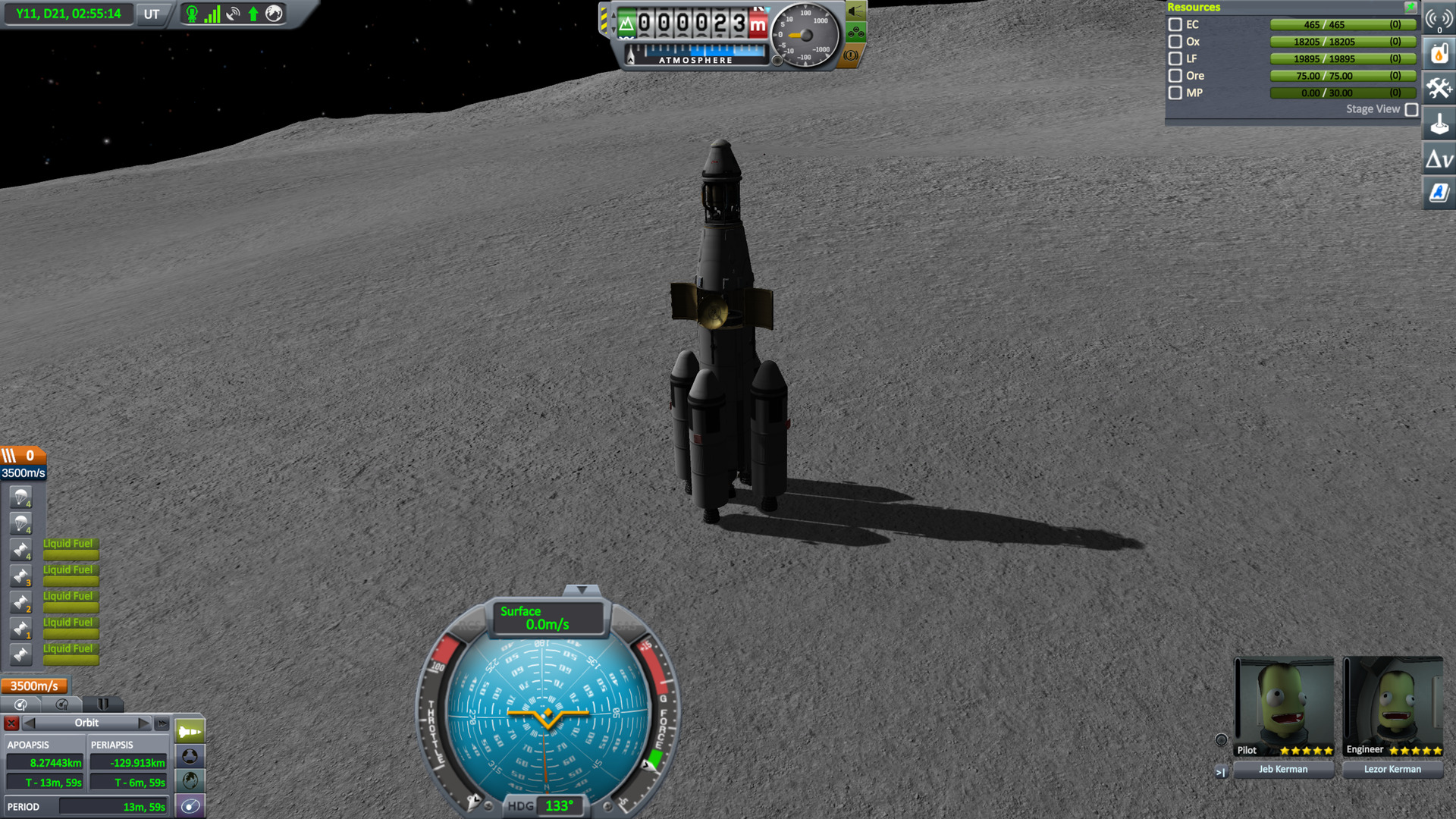
Dres
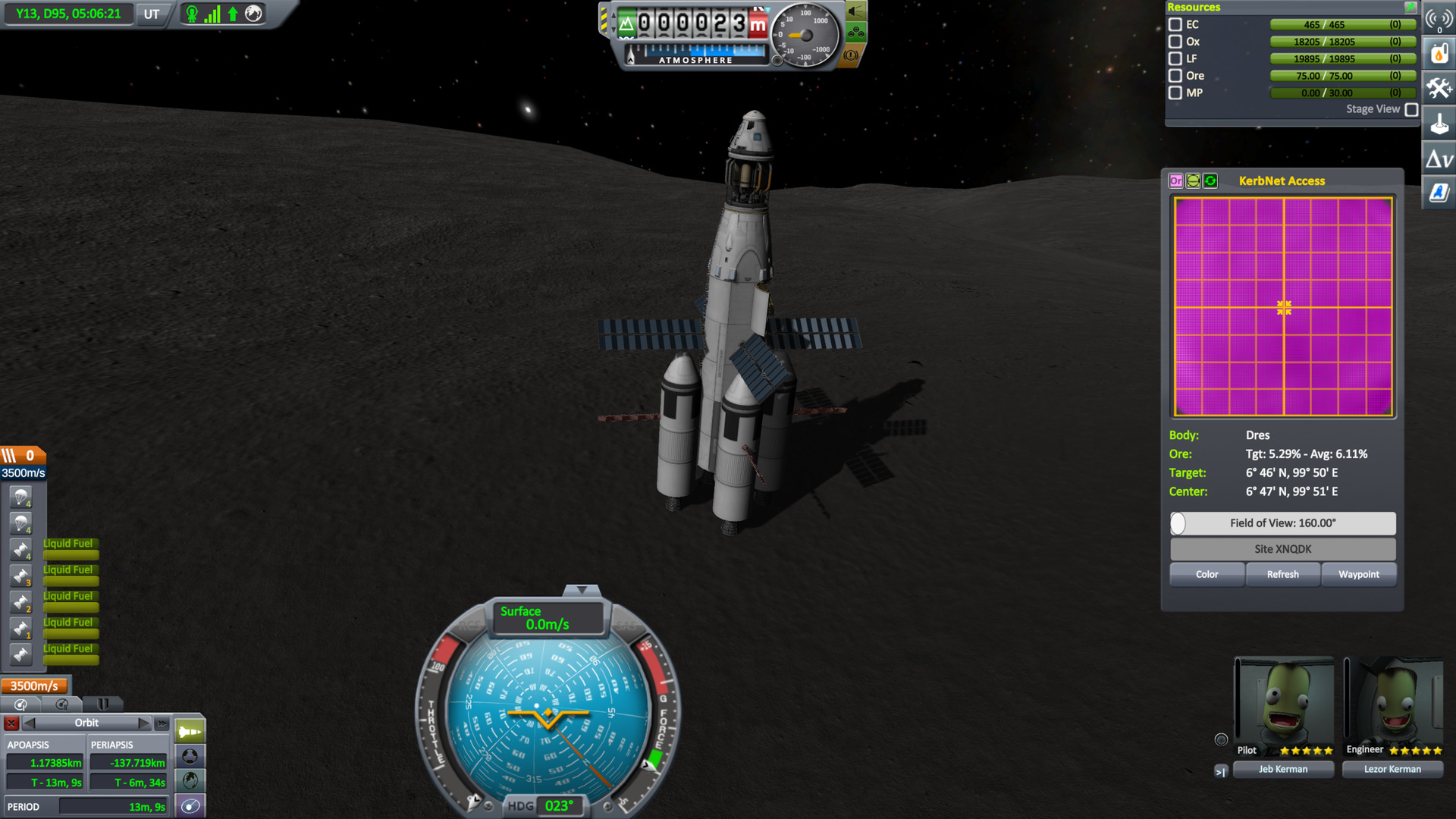
Pol
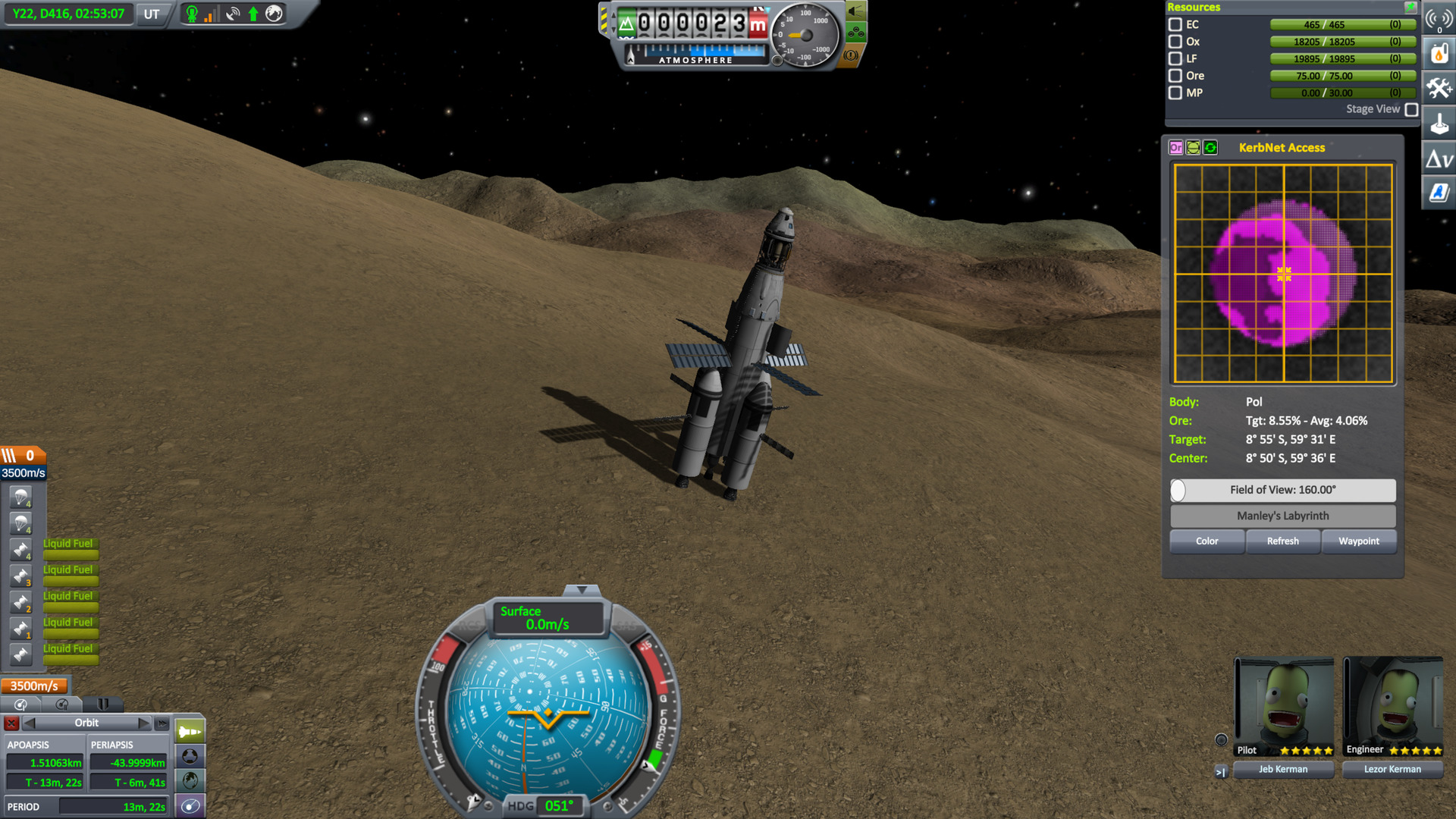
Tylo
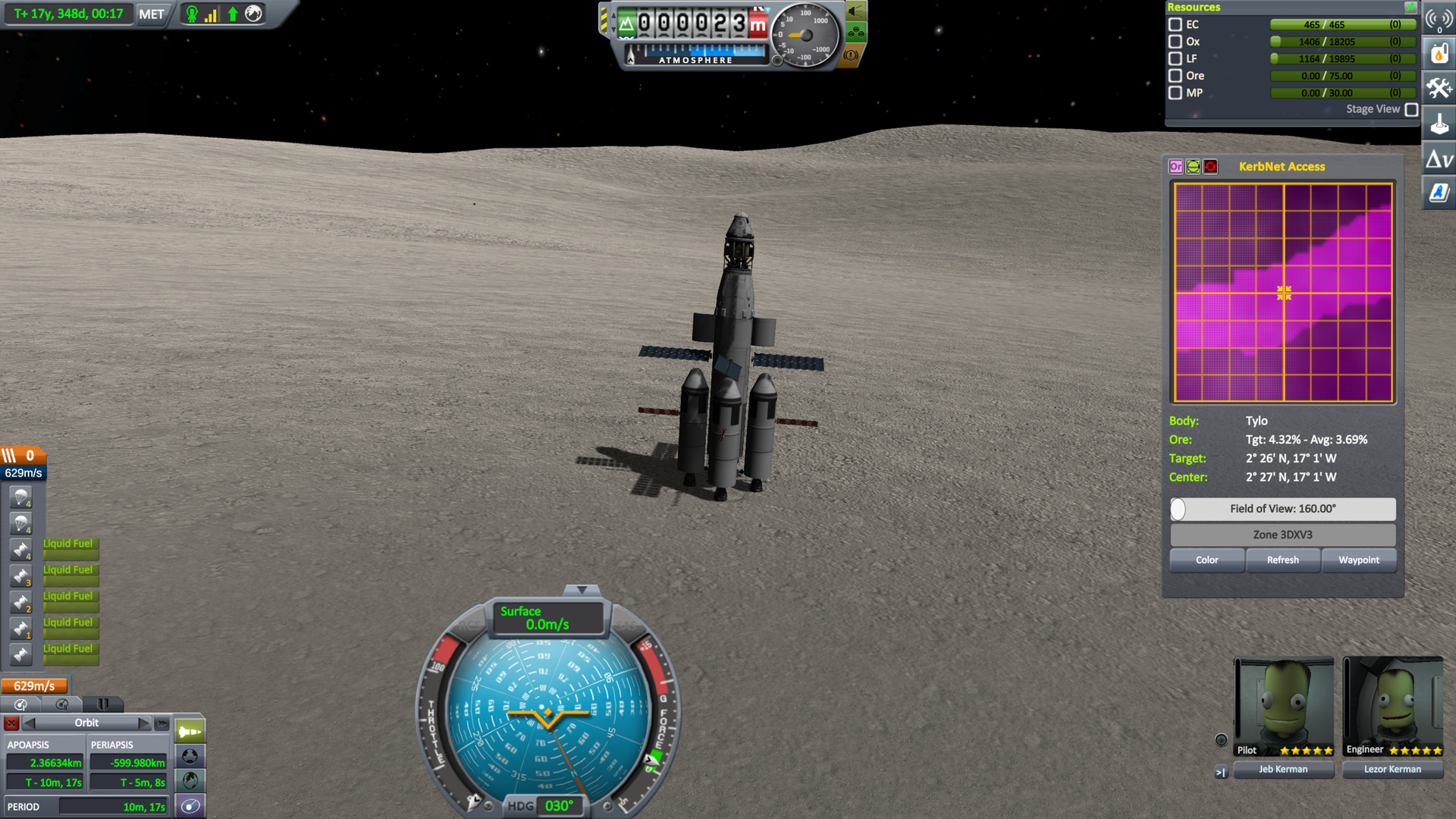
Bop
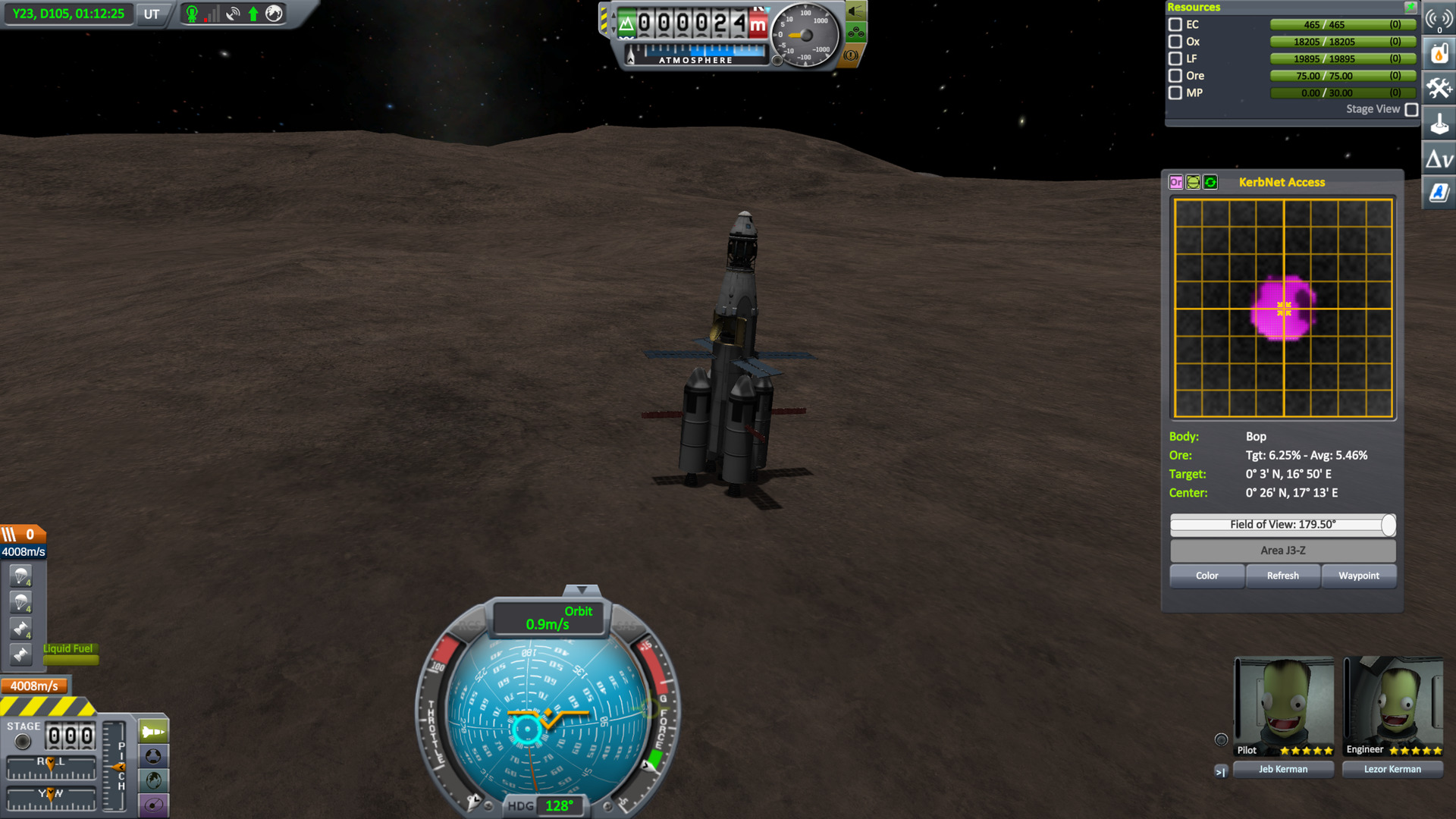
Val
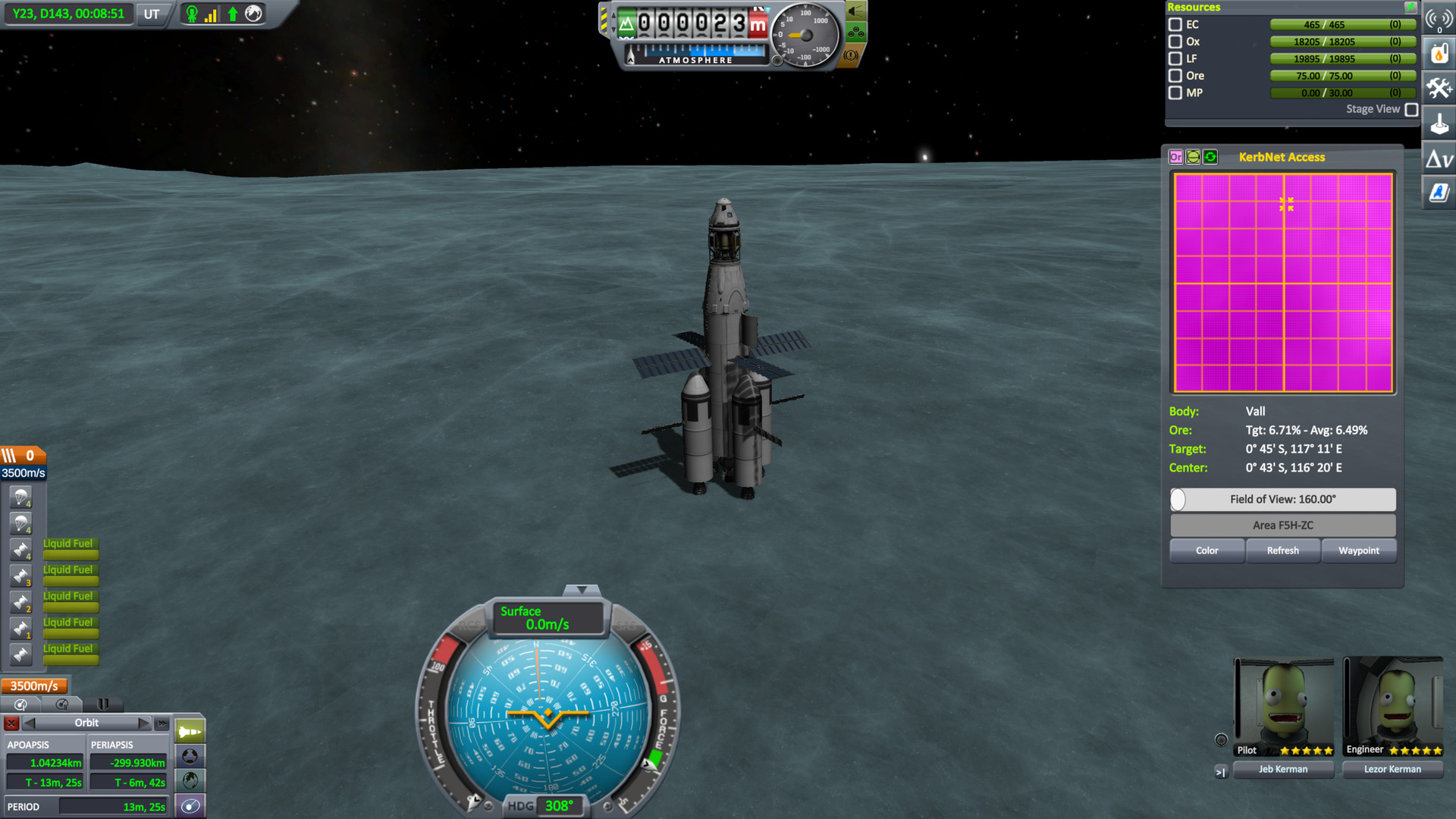
Laythe
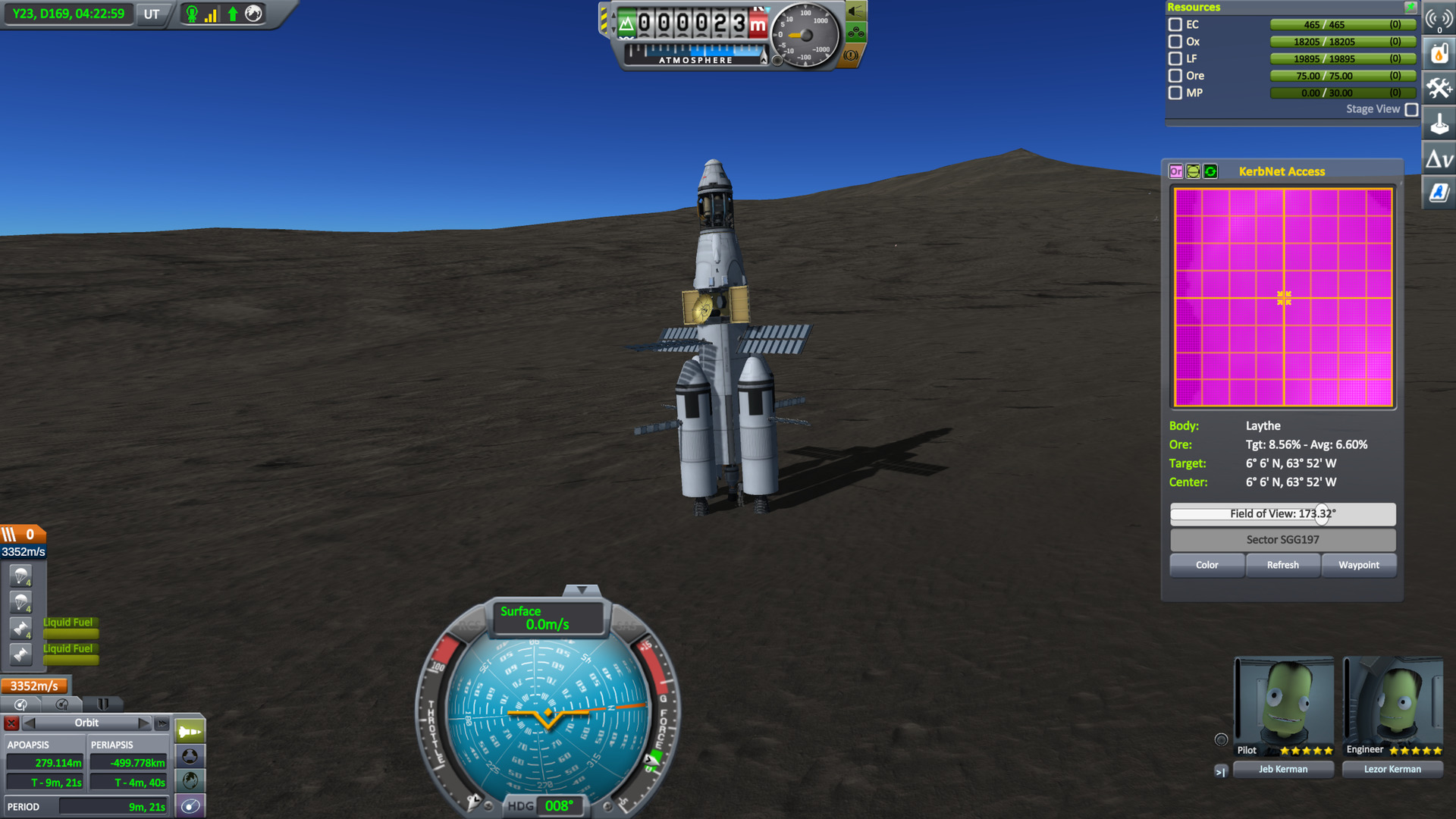
Back to Pol for a refuel and a really long wait for a transfer window to Eeloo
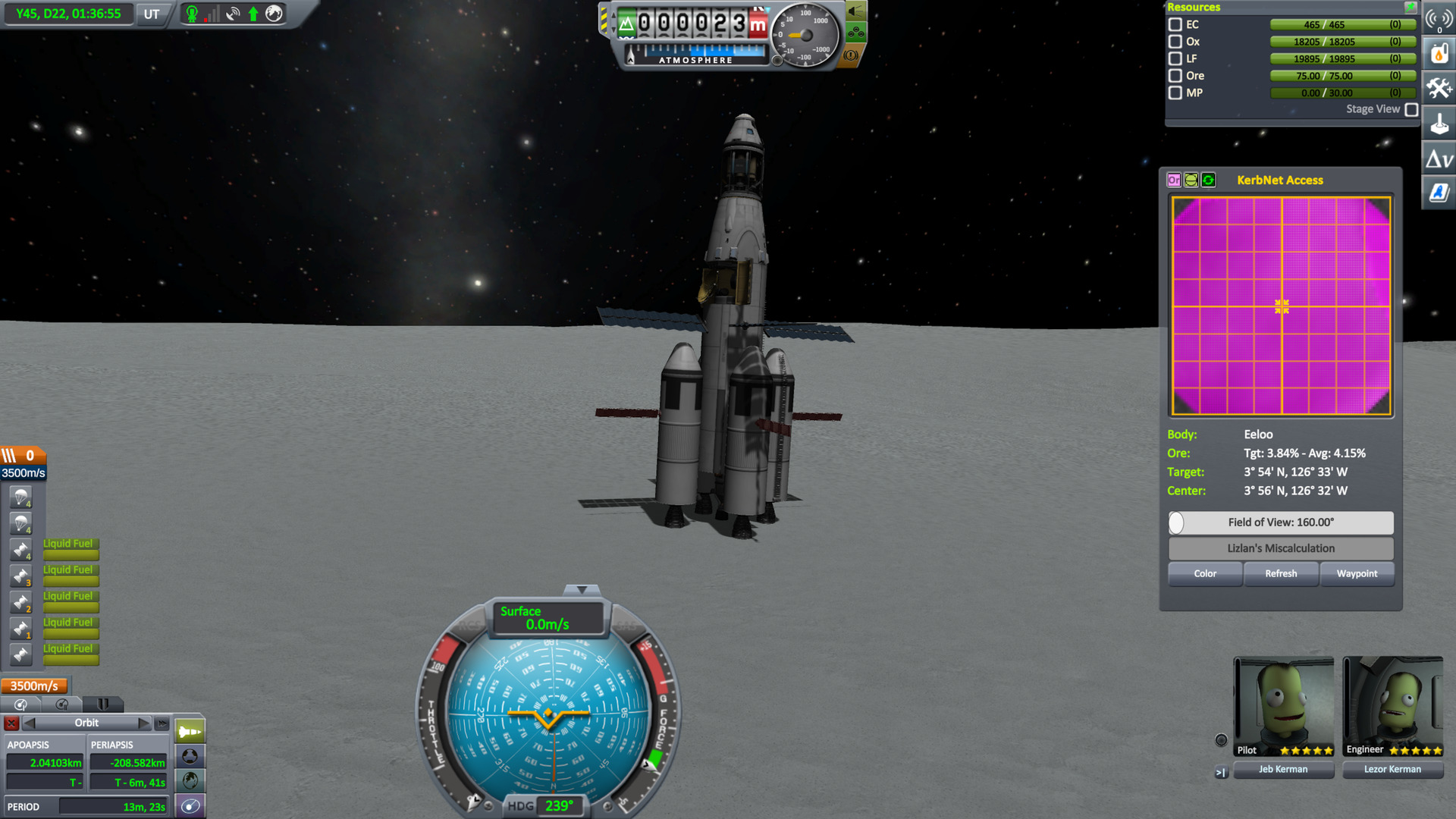
Then straight to Minmus, which was on the edge of the ∆v capabilities of the ship.
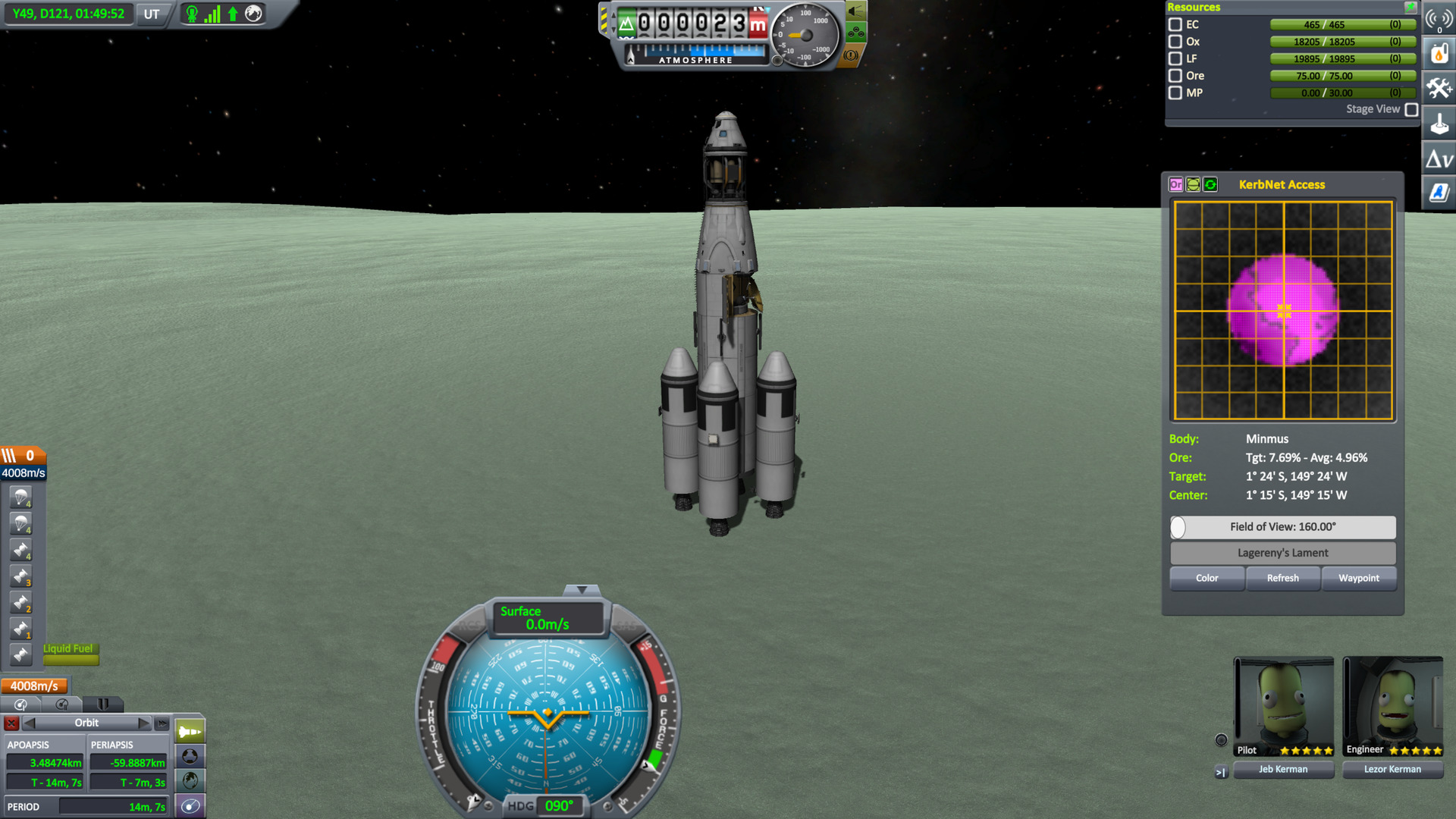
And finally back home on Kerbin, after about 45 years of travel.
